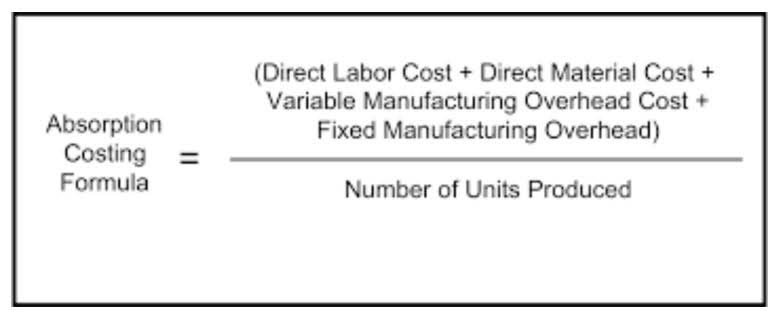
This information assists auditors, and financial analysts in evaluating a company’s financial performance and risk exposure. Chartered accountant Michael Brown is the founder and CEO of Double Entry Bookkeeping. He has worked as an accountant and consultant for more than 25 years and has built financial models for all types of industries. He has been the CFO or controller of both small and medium sized companies and has run small businesses of his own. He has been a manager and an auditor with Deloitte, a big 4 accountancy firm, and holds a degree from Loughborough University.
- Imagine a company that offers an early payment discount to its customers, reducing their invoiced amount by 5% if paid within one week of invoicing.
- In order to keep the accounts receivables as clean as possible with their historical values, we will use this contra account called allowance for doubtful accounts.
- For instance, the “Accumulated Depreciation” contra account offsets the value of fixed assets like machinery or buildings, reflecting their reduced value over time due to wear and tear.
- Angela is certified in Xero, QuickBooks, and FreeAgent accounting software.
- For example, when a customer’s cheque bounces, a contra account steps in to reconcile the situation financially.
Statement of Financial Accounting Standards: Overview, Examples
The accumulated depreciation account has a credit balance and is used to reduce the carrying value of the equipment. There are four key types of contra accounts—contra asset, contra liability, contra equity, and contra revenue. Contra assets decrease the balance of a fixed or capital asset, Bookstime carrying a credit balance.

What is the purpose of a contra account in the context of asset valuation?
- For example, contra revenue accounts can be used to track the full cost of sales less any discounts or returns.
- Contra liability accounts such as discount on bonds payable and discount on notes payable usually carry debit balances.
- They are usually subcategory accounts linked to an account on the balance sheet.
- Maintaining contra revenue accounts empowers you to maintain healthier and more realistic expectations of financial outcomes—no rose-tinted glasses here.
- These accounts keep an eagle eye on sales returns, allowances, and discounts, ensuring you’re not overestimating your income.
- All such information is provided solely for convenience purposes only and all users thereof should be guided accordingly.
- With the right tools and the wisdom of the community, managing contra accounts becomes a seamless part of your accounting routine.
Contra accounts are confusing at first, but, with a little study, understanding them becomes second nature. Let’s go over how they work and what the main types are, and then finish with an example. Shaun Conrad is a Certified Public Accountant and CPA exam expert with a passion for teaching. After contra expense almost a decade of experience in public accounting, he created MyAccountingCourse.com to help people learn accounting & finance, pass the CPA exam, and start their career.

Types of Contra Accounts

The accumulated depreciation amount shows how much depreciation expense has been charged against an asset. A contra asset account is a type of account in accounting that has a natural credit balance and is used to decrease the balance of a related asset account. It contains negative balances that offset the balance in a paired asset account on a company’s balance sheet, revealing the net value of the asset. This general structure can be applied across all contra types, so if the parent account has a credit, the contra account will have a debit. Contra equity is a general ledger account with a debit balance that reduces the normal credit balance of a standard equity account to present the net value of equity in a company’s financial statements.

1. Purchase Discounts, Returns and Allowances Expense Contra

However, that $1.4 billion is used to reduce the balance of gross accounts receivable. Therefore, contra accounts, though they represent a positive amount, are used to net reduce a gross amount. For this reason, contra accounts are primarily seen as having negative balances because they are used to reduce the balance of another account. In normal balance summary, contra accounts are valuable tools in bookkeeping that help provide a complete view of a company’s assets and their value over time.
- For example, if the company purchased a computer for 1,000 and it had a five-year life expectancy using straight-line depreciation, the contra account would be debited for 200 each year (the 1,000 divided by 5 years).
- We believe that sustainable investing is not just an important climate solution, but a smart way to invest.
- Additionally, the use of contra expense accounts can impact key financial ratios, such as the operating margin and net profit margin, by presenting a more accurate measure of the company’s financial performance.
- It helps in presenting more accurate financial statements by distinguishing between gross and net figures.
- The concepts of debits and credits in accounting dictate how transactions are recorded.
What Happens When Stock is Delisted
- After almost a decade of experience in public accounting, he created MyAccountingCourse.com to help people learn accounting & finance, pass the CPA exam, and start their career.
- The revenue contra accounts Sales Returns, Discounts and Allowances are subtracted from the main Sales Revenue account to present the net balance on a company’s income statement.
- In other words, contra revenue is a deduction from gross revenue, which results in net revenue.
- The company predicts which accounts receivable won’t be paid by customers and writes those off.
This type of account could be called the allowance for doubtful accounts or a bad debt reserve. The balance in the allowance for doubtful accounts represents the dollar amount of the current accounts receivable balance that is expected to be uncollectible. The amount is reported on the balance sheet in the asset section immediately below accounts receivable.
